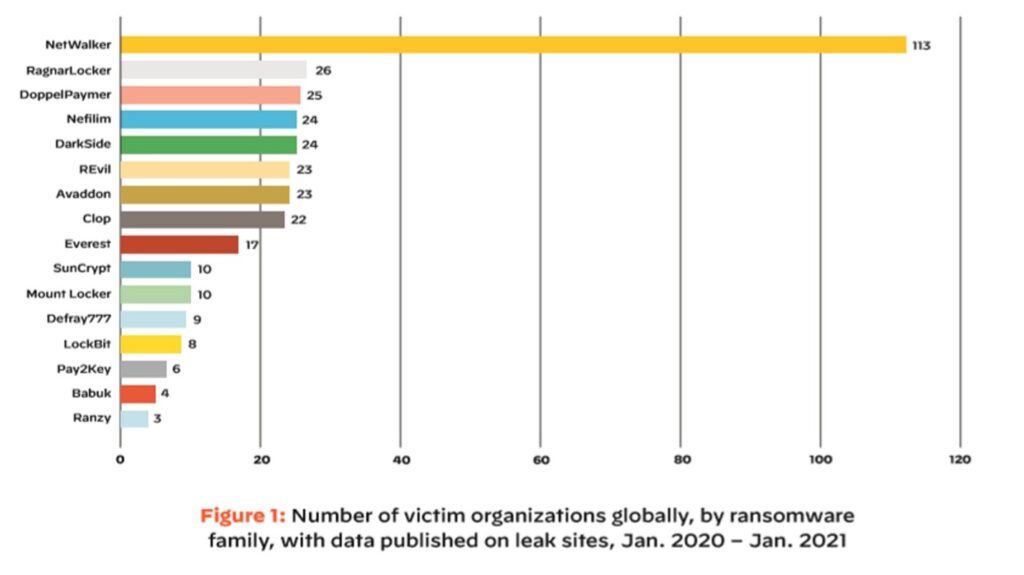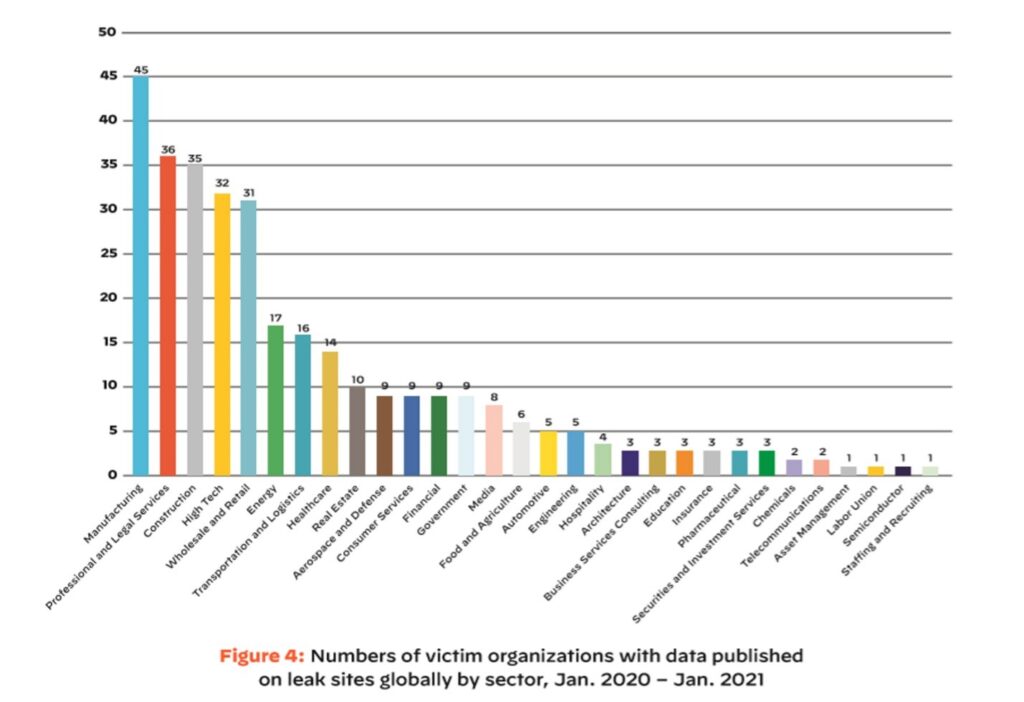
To evaluate the current state of the ransomware threat landscape, the Unit 42 threat intelligence team and the Crypsis incident response team collaborated to analyze the ransomware threat landscape in 2020, with global data from Unit 42 as well as US, Canada, and Europe data from Crypsis.
This report details the top ransomware variants (with links to threat assessments for each variant), average ransomware payments, ransomware predictions, and actionable next steps to immediately reduce ransomware risk.
Note: The following data is from the US, Canada, and Europe.
The average ransom paid for organizations increased from US$115,123 in 2019 to $312,493 in 2020, a 171% year-over-year increase. Additionally, the highest ransom paid by an organization doubled from 2019 to 2020, from $5 million to $10 million. Meanwhile, cybercriminals are getting greedy. From 2015 to 2019, the highest ransomware demand was $15 million. In 2020, the highest ransomware demand grew to $30 million. Of note, Maze ransom demands in 2020 averaged $4.8 million, a significant increase compared to the average of $847,344 across all ransomware families in 2020. Cybercriminals know they can make money with ransomware and are continuing to get bolder with their demands.

The world changed with COVID-19, and ransomware operators took advantage of the pandemic to prey on organizations— particularly the healthcare sector, which was the most targeted vertical for ransomware in 2020. Ransomware operators were brazen in their attacks in an attempt to make as much money as possible, knowing that healthcare organizations—which needed to continue operating to treat COVID-19 patients and help save lives—couldn’t afford to have their systems locked out and would be more likely to pay a ransom.
Ryuk ransomware stood out from the pack. In October 2020, a joint cybersecurity advisory was issued by the Cybersecurity and Infrastructure Security Agency (CISA), the Federal Bureau of Investigation (FBI), and the Department of Health and Human Services (HHS), warning healthcare organizations against Ryuk attacks

A common ransomware attack consists of the ransomware operator encrypting data and forcing the victim to pay a ransom to unlock it. In a case of double extortion, ransomware operators encrypt and steal data to further coerce a victim into paying a ransom. If the victim doesn’t pay the ransom, the ransomware operators then leak the data on a leak site or dark web domain, with the majority of leak sites hosted on the dark web. These hosting locations are created and managed by the ransomware operators. At least 16 different ransomware variants are now threatening to expose data or utilizing leak sites, and more variants will likely continue this trend.
The ransomware family that leveraged this tactic the most was NetWalker. From January 2020 to January 2021, NetWalker leaked data from 113 victim organizations globally, far surpassing other ransomware families. RagnarLocker was second, leaking data from 26 victims globally. It’s worth noting that the US Department of Justice announced in January 2021 it had coordinated international law enforcement action to disrupt the NetWalker ransomware gang. The dark web domain managed by the NetWalker operators, which hosted leaked data, is no longer accessible.
